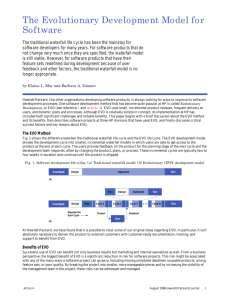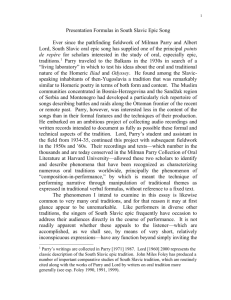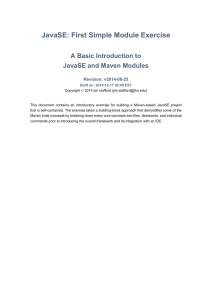11.03.15 Dilations
advertisement
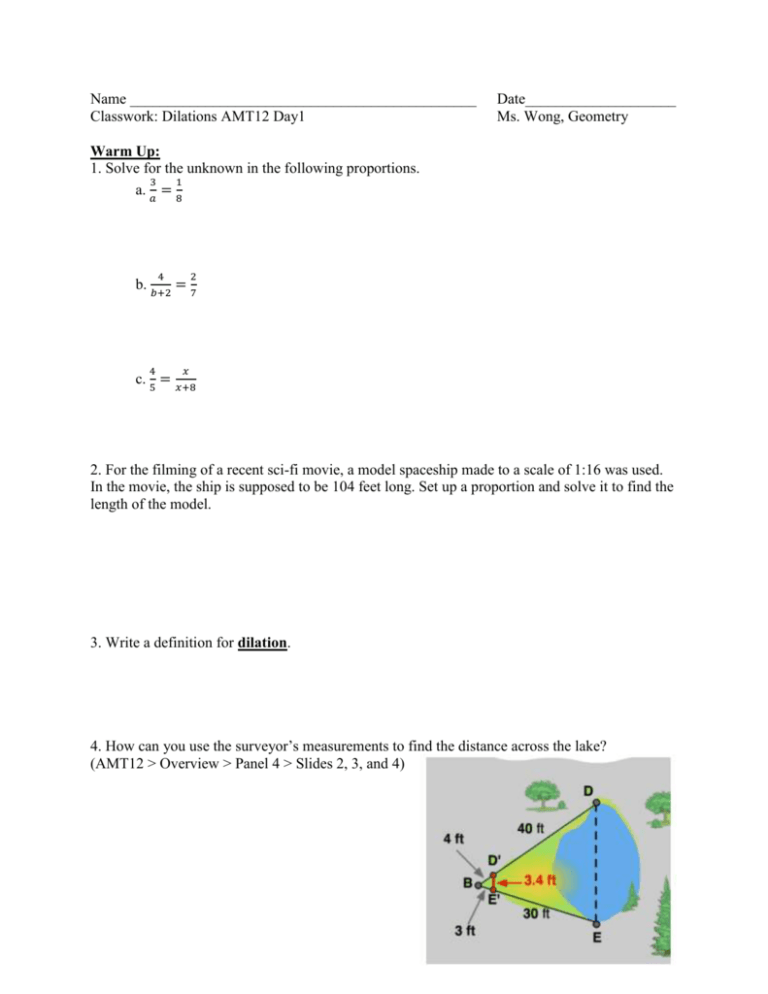
Name ______________________________________________ Classwork: Dilations AMT12 Day1 Date____________________ Ms. Wong, Geometry Warm Up: 1. Solve for the unknown in the following proportions. 3 1 a. 𝑎 = 8 4 2 b. 𝑏+2 = 7 4 𝑥 c. 5 = 𝑥+8 2. For the filming of a recent sci-fi movie, a model spaceship made to a scale of 1:16 was used. In the movie, the ship is supposed to be 104 feet long. Set up a proportion and solve it to find the length of the model. 3. Write a definition for dilation. 4. How can you use the surveyor’s measurements to find the distance across the lake? (AMT12 > Overview > Panel 4 > Slides 2, 3, and 4) A recap… 1. What is an isometry? 2. How is a dilation different from an isometry? In this topic, we will examine DILATIONS—a non-rigid transformation, which we have briefly discussed in topics 2 and 3, but did not expand upon. Dilations are a shrink or stretch of an original figure (pre-image). Pre-images are labeled by their vertices (all capital letters) and their images are labeled by the same capital letters, but with apostrophes that we call “prime”. **NOTE: The scale factor is always multiplied to the measurements of the pre-image. OR, in coordinate geometry, simply multiply the coordinates (x, y) by the scale factor to obtain the coordinates of the image. The rule of a dilation is 𝑘(𝑥, 𝑦) = (𝑘𝑥, 𝑘𝑦) where k is the scale factor. Dilate triangle ABC by a scale factor of 3 where the center of dilation is at point O. You will need a straight edge and a compass, or some other measuring tool. In the figure below, O is the center of dilation and the scale factor is 3. 3. **Note: The scale factor is always computed as the ratio of the image over the pre-image. 4. How do the ratios you computed above compare to the scale factor? Use the diagram above to answer questions 5-7 5. As the scale factor changes, what do you notice about the measures of the corresponding angles? [EX1, p4] 6. What do you notice about the ratios of the lengths of the corresponding sides? [EX1, p4] 7. How is the ratio of the lengths of the corresponding sides related to the scale factor when the scale factor is positive? [EX1, p4] 8. When the scale factor approaches zero, at what point does the image triangle, ∆𝑅′𝑆′𝑇′ become a reduction of ∆𝑅𝑆𝑇 instead of an enlargement? [EX1, p4] 9. What happens when the scale factor is negative? [EX1, p4] 10. Complete the following statements to summarize your findings about dilations. 11. Complete the following statements that describe a dilation with scale factor s. [EX1, p.6] 12. This illustration shows a dilation with a scale factor of -2. What is the ratio R’J:RJ? [EX1, p7] 13. Do the relationships you found in question 11 hold true even for if the triangle is distorted? [EX1, p8] 14. Write the definition for similar polygons. [EX1, p9] 15. Apply the definition of similar polygons to decide whether each pair of polygons is similar or not similar. Match the pairs of polygon to the appropriate category in the table. [EX1, p10] 16. Suppose the two triangles shown are similar. Find the unknown side length. 17. Suppose the two figures shown are similar. Find the scale factor that made the enlargement. Homework Assignment: AgileMind Topic 12 “More Practice” Questions # 1- 4, 6, 13, 14


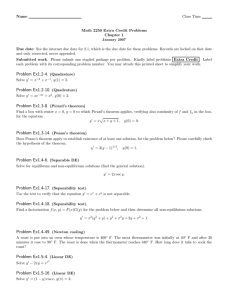
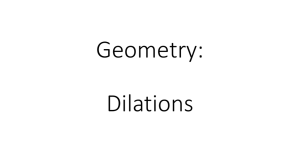
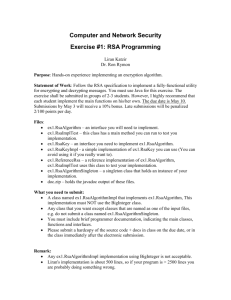
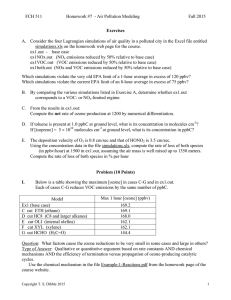
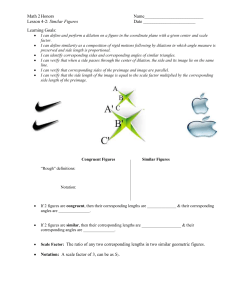
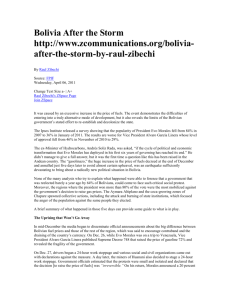
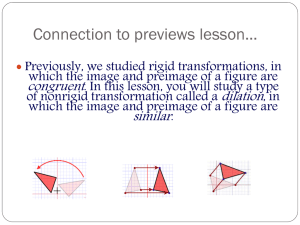
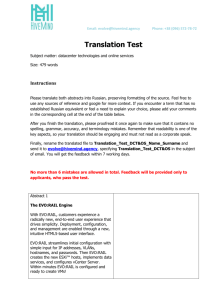
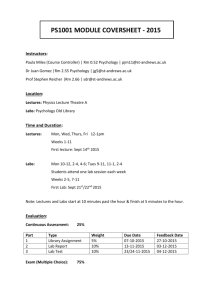
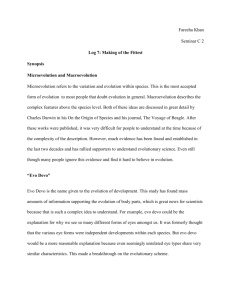
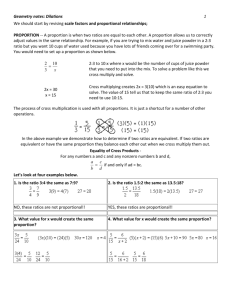
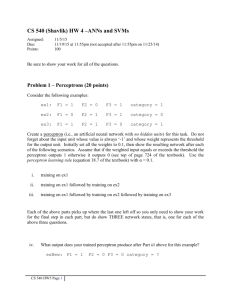

![//referring physician letter// [insert date] [insert name and address](http://s3.studylib.net/store/data/007034808_1-7d2d44cf9b8eb1d33ea8d6e9cdbbf858-300x300.png)
